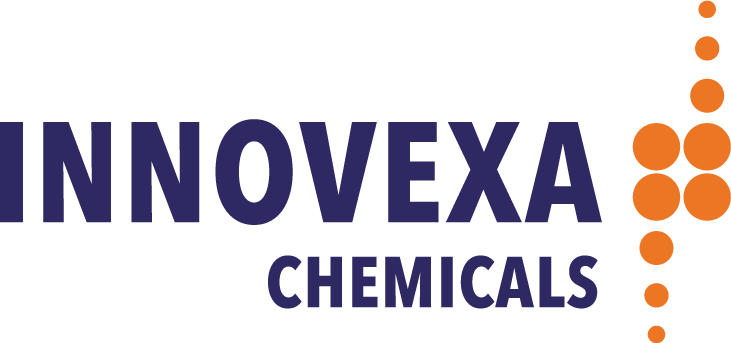PROTOCOL DESIGNING
PROTOCOL DESIGNING
What makes the nanomaterials so unique and different from both their atomic and bulk structure? Being the same material still all these forms behaves o differently! Interesting! Isn’t it? When utilizing the special characteristic’s of nanomaterials to enhance your product is the goal, you need exactly the right material; thoughtfully designed for both performance and ease of integration into your product.
What makes the nanomaterials so unique and different from both their atomic and bulk structure? Being the same material still all these forms behaves o differently! Interesting! Isn’t it? When utilizing the special characteristic’s of nanomaterials to enhance your product is the goal, you need exactly the right material; thoughtfully designed for both performance and ease of integration into your product.
PARAMETERS GOVERNING THE PHYSICO-CHEMICAL PROPERTIES
There are variety of nanomaterials which are in high demand and some are already in use in extremely advanced and sophisticated technologies. There are numerous types of nanoparticles including metal, metal oxide, metal salts, metal alloys, core-shell nanoparticles, hollow nanoparticles, Polymeric nanoparticles, ceramic, inorganic nanoparticles, functionalized Carbon-based nanomaterials etc. At INNOVEXA we employ bottom-up approach where we start from ions or molecules and bind them together through precisely controlled chemical reactions, a process that enables us to build each nanoparticle. This has enabled our scientists to produce some of the smallest (Quantum Dots), monodispersed and non-agglomerated nanoparticles. Innovexa has demonstrated precision control and customization over a wide variety of nanoparticle attributes including, but not limited to:
- Particle Size / Size distribution
- Morphology / Shape & Geometry
- Surface Charge (Zeta Potential)
- Surface Area (BET)
- Purity (% age)
- Doping with other metals
- Crystal Structure / Packing
- Tap Density
There are variety of nanomaterials which are in high demand and some are already in use in extremely advanced and sophisticated technologies. There are numerous types of nanoparticles including metal, metal oxide, metal salts, metal alloys, core-shell nanoparticles, hollow nanoparticles, Polymeric nanoparticles, ceramic, inorganic nanoparticles, functionalized Carbon based nanomaterials etc. At INNOVEXIA we employ bottom-up approach where we start from ions or molecules and bind them together through precisely controlled chemical reactions, a process that enables us to build each nanoparticle. This has enabled our scientists to produce some of the smallest (Quantum Dots), monodispersed and non-agglomerated nanoparticles. Innovexa has demonstrated precision control and customization over a wide variety of nanoparticle attributes including, but not limited to:
- Particle Size / Size distribution
- Morphology / Shape & Geometry
- Surface Charge (Zeta Potential)
- Surface Area (BET)
- Purity (% age)
- Doping with other metals
- Crystal Structure / Packing
- Tap Density
In addition, we specialize in complex nanoparticle design requirements, such as:
- A tight control over the mono-dispersity of the particles and the % purity making them extremely suitable for sensitive technologies
- Alloyed nanoparticles of two or more elements with the ability to tightly control elemental ratios
- Doping elements more specifically Metallic atoms to a semiconductor to reduce its forbidden gap
- Core-shell nanoparticles containing an inner core structure with an outer shell made of different elements
- Surface functionalization to attach chemical constituents to the surface of the nanoparticle
- development of highly surface active nanomaterials for the applications in chemical catalysis / Gas Sensing applications and for solar cell applications.
- Intelligent polymeric nanoparticles for drug delivery and allied applications like contrasting agents.
- Stimulus sensitive polymeric nanomaterials which can release the active and supporting moieties at the target areas.
- Encapsulation of the thermal / photo labile molecules with various polymers and/clays and other matrices.
- Specially functionalize the carbon based nanomaterial i,e, SWCNT/MWCNT, fullerenes, graphite etc. for their easy dispersion and further processing for specific applications.
FORMAT VERTICLES
Every customer’s needs are exclusive, because the way they incorporate nanomaterial in their products or matrices are altogether different. We support our customers by providing the material format that is most compatible with their product manufacturing process. These formats includes but are not limited to:
- Aqueous and non-aqueous dispersions
- Polymer-based dispersions
- Proprietary customer dispersions
- Powders
- Pastes
- Re-dispersible “wet-cakes”
- Master Batches for HD plastics
WHY INNOVEXA!!
There are numerous technical and process related issues you must consider when integrating a nanomaterial into your product. This is especially the case when working with dispersions. How will the dispersion be used? What conditions will the dispersion or nanoparticle experience in your upstream manufacturing process that could alter its technical specifications? What other product components will the nanoparticle come in contact with during the manufacturing process? All of these, and more, can impact the particle’s performance or cause product integration challenges.
For over a decade our experts have been creating and manufacturing aqueous and organic dispersions for various purposes. We work with you from the very beginning to understand your product, manufacturing conditions and desired end-state of the nanomaterials. Our goal is always to design a solution that is compatible with your product and process, allowing you to seamlessly integrate the nanomaterial and preserve its performance.
To achieve the desired quality of desired nanomaterial we have developed the expertise in the following parameters but are not limited to:
- Ultra high concentration of nanoparticles in the dispersion media whilst maintaining the stability of the dispersion
- Steady control over methods to control the purity of the dispersion
- Stabilize and supply nanoparticles across a wide pH range in aqueous dispersions
- Development & stabilization of multi-solvent solvent systems for organic dispersions
- Variety of matrices for incorporation of nanoparticles into materials such as polymers, resins and oils etc.
- Application dependent selection of organic and polymer capping agents from wide library designed for particle stability and compatibility.
